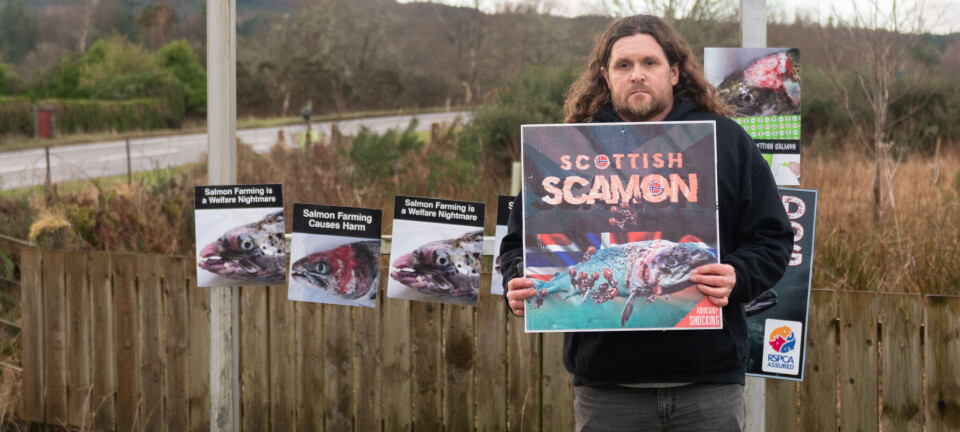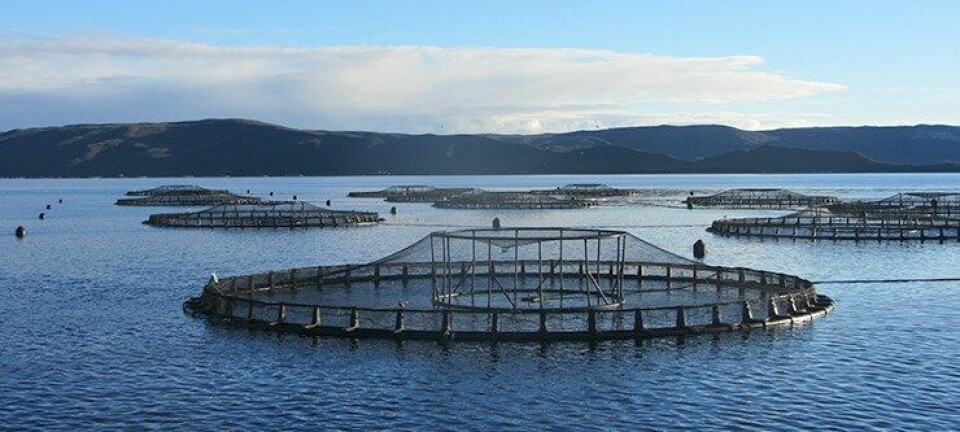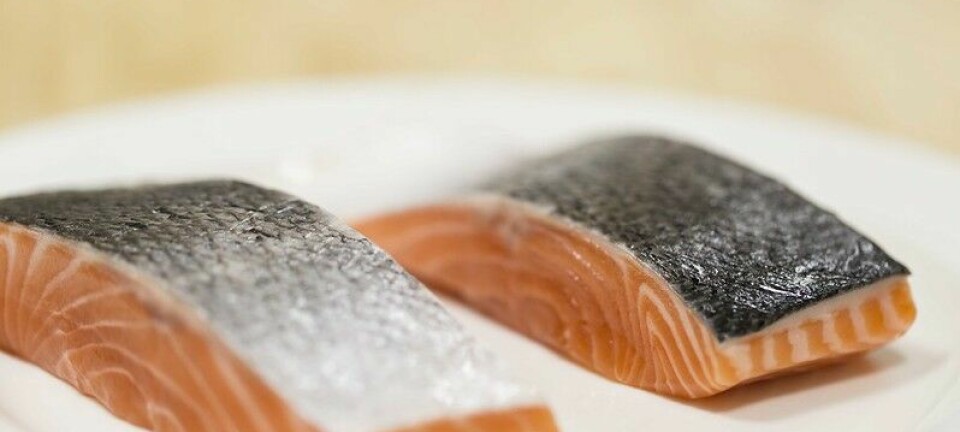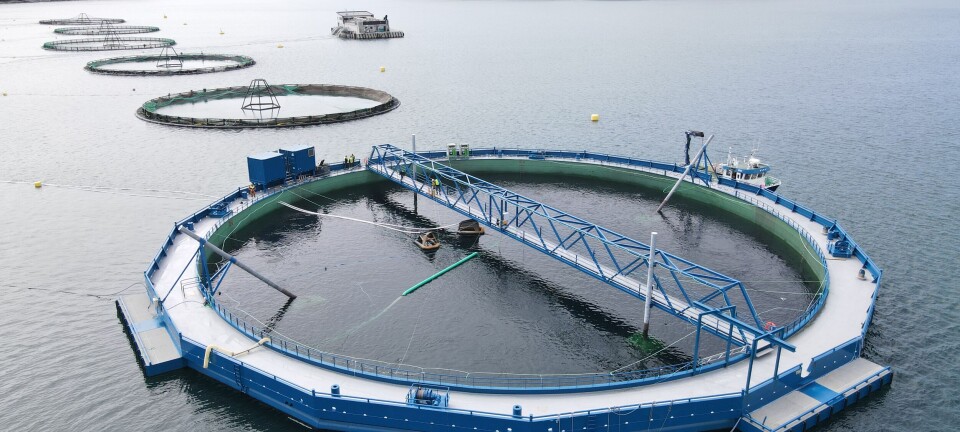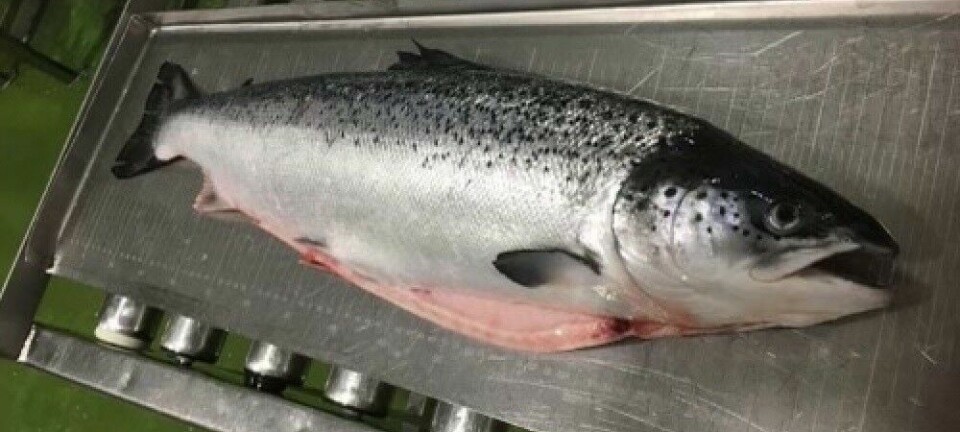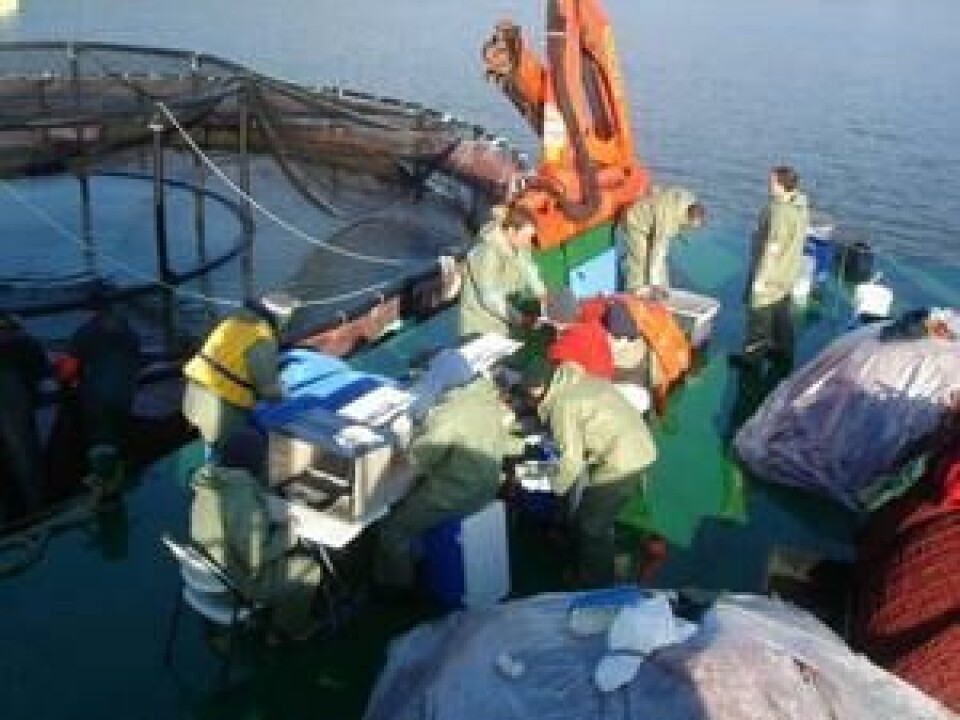
Tracking lice in real time
A software based sea lice decision support system developed by the Atlantic Veterinary College-Centre for Aquatic Health Science has been collecting data for 5 years now and is being received with strong support from Atlantic salmon farmers on the East coast of Canada.
Salmon farmers in Atlantic Canada are using a new web based portal system to monitor sea lice trends
In 2010, the Atlantic Canada Fish Farmers Association (ACFFA) and the province of New Brunswick along with the Atlantic Veterinary College-Centre for Aquatic Health Science (AVC-CAHS) developed and implemented a large evidence-based epidemiology data management system with the goal of accommodating the data management and reporting requirements associated with monitoring sea lice trends and evaluating control programs.
Called Fish-iTrends, the software provides a web-based data entry portal that industry and Provincial personnel use to consolidate and monitor data from the field. The data is grouped by epidemiological factors associated with the management of sea lice including parasite burdens, temporal and regional life cycle trends, life stages predictors of severity and treatment timing, treatment efficacy and comparisons, and detection of resistance patterns.
The Atlantic Veterinary College (AVC), at the University of Prince Edward Island, acts as a third-party custodian of data submissions by finfish farmers to maintain Fish-iTrends. Dr. Larry Hammell, the lead researcher on the project, has seen the continual evolution of the Atlantic-wide data collection system that is now capable of examining long-term trends while identifying more immediate input to inform ongoing fish health management
To support Fish-iTrends and ensure data accuracy, the ACFFA supported the AVC in the development of a sea lice monitoring certification program for farm technicians. In New Brunswick, this program provides additional confidence in the accuracy of counts made by technicians, which must comply with the Sea Lice Monitoring Program, a requirement under the New Brunswick Aquaculture Act and General Regulations and the Integrated Pest Management Plan for Sea Lice.
The software has been a great success in New Brunswick and has catalyzed interest in other Atlantic provinces. In 2013, the Provincial Government of Newfoundland and Labrador provided $80,000 to assist the Newfoundland Aquaculture Industry Association (NAIA) apply this powerful tool for monitoring sea lice prevalence and evaluating control programs to their finfish farm sites.
In a press release, the Honourable Keith Hutchings, Minister of Fisheries and Aquaculture said, “Sea lice naturally occur in ocean environments and can impact many species, but with this internet-based software system, the industry will have far greater capacity to monitor and mitigate the impact on farmed fish. This $80,000 investment is in keeping with the millions invested in other types of infrastructure to ensure aquaculture in this province is always following best practices.”
The former Executive Director for NAIA, Miranda Pryor, commented on the new tool for managing sea lice, "Salmon farmers have a long history of investing in new technology and science-based research to help them grow their fish and feed the world. This software is another important tool in the management of sea lice. The recent investments in aquaculture inflow wharfs, the Centre for Aquaculture Health and Development and now this software will greatly help us continue to build. an innovative aquaculture industry that brings jobs to coastal communities.”
“Fish-iTrends has been a great project for us, and a great success for the Atlantic Canadian salmon-farming industry. For the first time they have had access to a customized third-party fish health monitoring platform that allows them not only to reliably monitor the sea lice levels of their own marine farm sites, but also to monitor that prevalence in their immediate area; and to both plan and coordinate the application of sea lice treatments to achieve better pest control outcomes”, said Joe Lund project manager for Fish-iTrends at AVC-CAHS.
About Fish-iTrends
Fish-iTrends includes automated reporting of compliance for counting and treatment details while maintaining confidential components. It was also designed with the intention that it can be adapted and expanded to include future aquatic health concerns such as drug treatment and resistance data management for generating timely industry-wide trend summaries and adapting to general and specific? mortalities from other diseases.
Fish-iTrends is a web-based decision support system interface which is used to track sea lice infestations at salmon cage sites and provides production managers and veterinary practitioners real-time information on infectious loads, and treatment response. This interface also tracks infection and treatment trends over multiple farm sites, seasonal fluctuations and annual cycles. A system “Dashboard” allows producers and veterinary practitioners to monitor key metrics in real-time through their mobile device.
As the software becomes established throughout Atlantic Canada, it facilitates operators and scientists in different provinces to compare and contrast data trends over several years, which in turn delivers valuable information to regulators, veterinarians, and provincial governments.
The Fish-iTrend platform offers standardized data management and analysis, assessments of treatment efficacy using field counts post-treatment, assessment of treatment responses under controlled laboratory conditions including bioassays, and ensures comparability between sites of valid sea lice count data through periodic audits and training of farm staff. Furthermore, the platform allows for disease management (sea lice and other pathogens) using risk factor data collected from sites.








